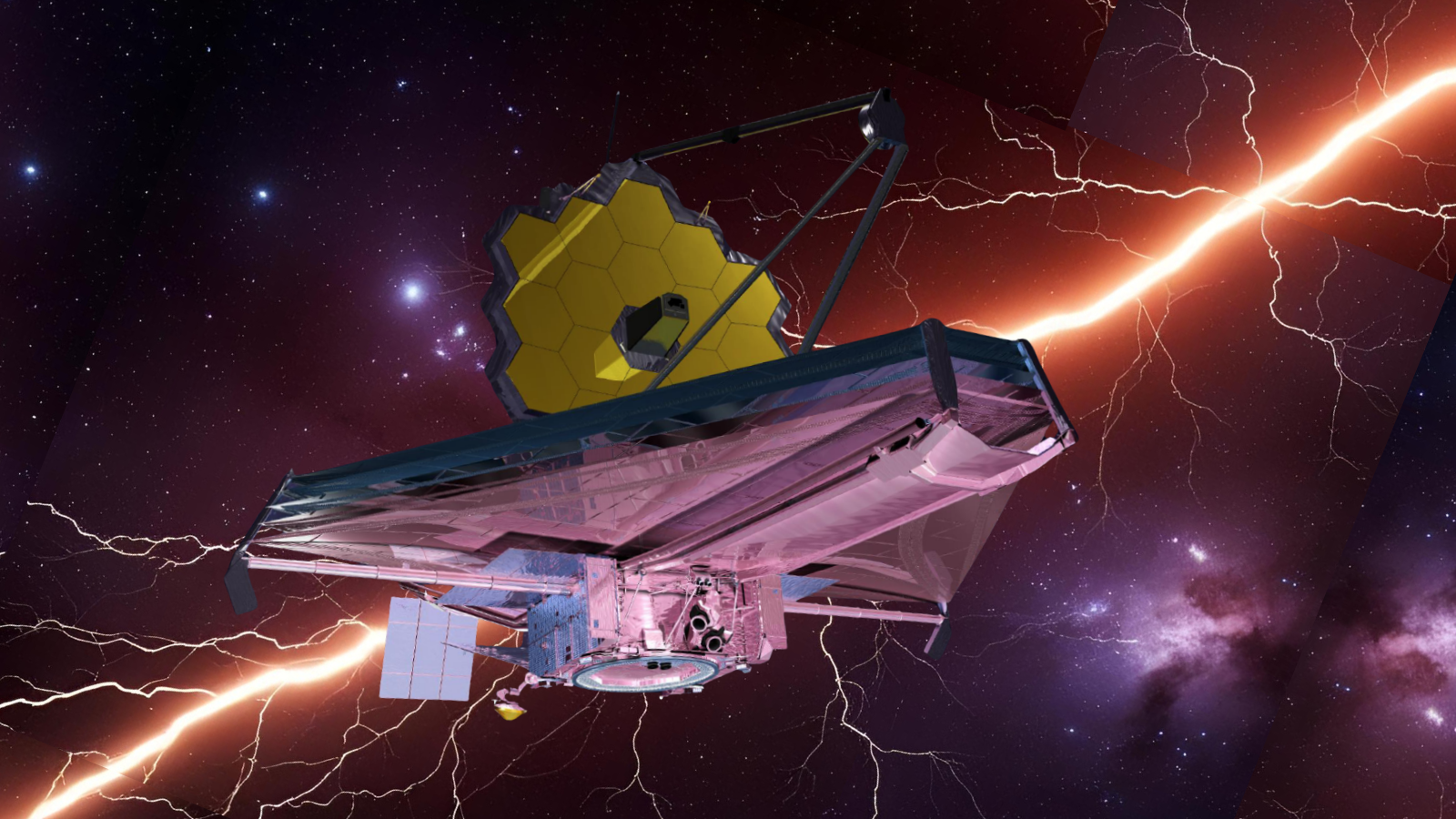Mars Water Was Very Salty
BOSTON - If there was life in surfacewater on Mars early on, it might have enjoyed a very buoyant, salty ride, if itcould thrive in such a hostile environment at all, new research suggests.
Minerals insedimentary rocks found at Mars' Meridiani Planum by NASA's Opportunity roversuggest they formed in extremelysalty water, even saltier than the oceans on Earth, said Andrew Knoll of Harvard University, who is part of a team of scientists taking a closer look at thegeological data collected by the Mars Exploration Rovers mission.
Water wasdefinitely present at least for short periods of time at Meridiani Planum, hesaid, but no one has known how habitable it might have been nor whether it wasaround long enough for life to take hold and endure.
So Knolland his colleagues looked at data that reveal the chemistry of the salts in therocks there as a gauge of the salinity of the ancient water. That allowed thescientists to estimate how salty the brines were at the time the minerals weredeposited.
"Thepunchline is it was really salty," Knoll told a gathering of reportershere at the annual meeting of the American Association for the Advancement ofScience, "salty enough that only a handful of terrestrial organisms wouldhave a ghost of chance of surviving there when conditions were at their best."
Constrainsthe possibilities
There are acouple dozen organisms on Earth that can tolerate the salinity levelsdetermined by Knoll and his team to have been present when the Meridiani Planumrocks were deposited, he said.
Breaking space news, the latest updates on rocket launches, skywatching events and more!
Theresearch, to be presented today in detail to scientists as well, is currentlyunder review at a top research journal, Knoll said.
Knoll andhis colleagues also have found several different classes of minerals thatreveal how little the rocks at Meridiani Planum were altered since they wereexposed to the elements, he said. Water at this location was "rare andtransient," according to the research, detailed in an online paper in the Journalof Geophysical Research ? Planets.
The bestera during which to look for evidenceof Martian life would be in Mars' earliest history, Knoll said, that is,during the first 500 million to 600 million years, before the Meridiani Planumrocks were deposited.
The newfindings bring scientists no closer to determining whether there was ever microbiallife on Mars, but they do "constrain our thinking about life onMars," Knoll said, painting a picture of an environment that is very"forbidding" for life.
Doublewhammy
Previously,Mars mission data have revealed that liquid water at Meridiani Planum was veryacidic.
"Soit is doubly bad if it's acidic and salty," Knoll said.
"I'mnot sure the effects are necessarily additive, but certainly there are limitsto the physiological ways that microorganisms can adapt to tolerate acidity,"he said. "There are also limits to ways that they can adapt to toleratehighly saline environments and those are completely different physiologicalsystems. In a sense, it makes it harder to adapt that there are two biochemicalsystems that would need adapting."
Scientistsare more optimistic that life might have had a chance on Mars in its earlyhistory compared to later on. In earlier times, Mars' environment was probablywetter, less oxidizing (a condition that is challenging for most life) and lessacidic, but "that doesn't mean it was terrific. It just wasn't as bad asit got later," Knoll said.
Meanwhile,Mars scientists and mission engineers gathered at the AAAS meeting today also lookedforward to the May 25 arrival of NASA's Phoenix Lander at Mars' north pole anddiscussed work on the Mars Science Laboratory (MSL) mission, set to launch inSeptember 2009.
MSL willcarry a new rover to Marsthat is far more complex and sophisticated, and five times heavier, than eachof the MER rovers on the red planet now. The MER rovers are learning more aboutthe habitability of the planet in the distant past, said Richard Cook, MER projectmanager.
Instrumentson MSL will focus on detecting organic material at the planet and collectingmore precise data on the minerals at Mars.
As for theMER rovers, Spirit is hunkered down for winter, parked on a north-facing slopeand serving as a weather station to monitor a nearby dune field. AndOpportunity is descending down the wall of Victoria Crater, investigating itsfinely layered rock stacks, made mostly of sulphate salts, said Steve Squyresof Cornell University, head of the science team for the MER mission.
The roversnearly died last summer during intense dust storms on Mars that nearly stoleall their ability to gather power, but they again outperformed expectations andendured. In fact, it looks good for them to be operational when Phoenix arrives in late spring.
"Therovers have lasted so long that I am never willing to make predictions abouthow long these things will last," Squyres said. "? It's been fouryears. You do the math. I think it's pretty likely."
- Mars Rovers Explore Hints of Salty Water
- Mars: A Water World? Evidence Mounts, But Scientists Remain Tight-Lipped
- Images: Ice on Mars

Robin Lloyd was a senior editor at Space.com and Live Science from 2007 to 2009. She holds a B.A. degree in sociology from Smith College and a Ph.D. and M.A. degree in sociology from the University of California at Santa Barbara. She is currently a freelance science writer based in New York City and a contributing editor at Scientific American, as well as an adjunct professor at New York University's Science, Health and Environmental Reporting Program.
